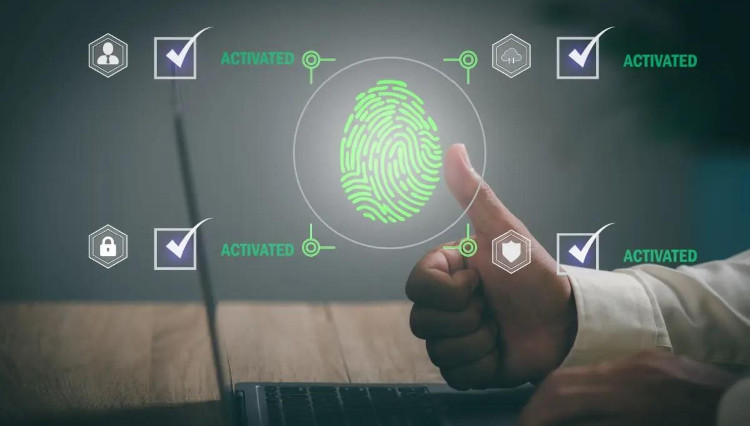Identity & Access Management

In traditional on-premises IT infrastructures, organizations maintained control over their information and resources within well-defined network perimeters. Security tools like Virtual Private Networks (VPNs) were typically sufficient to protect users and devices within these boundaries. However, the rise of remote work and cloud computing has led organizations to utilize various applications and services across multiple devices, connecting with internal and external users worldwide. This shift has blurred traditional enterprise perimeters, making Identity and Access Management (IAM) a strategic priority for information security leaders. Effective IAM programs are now more crucial than ever, serving as the cornerstone for organizations aiming to be robust, agile, and secure. Despite its importance, confusion often arises in the market regarding the implementation of IAM programs, from process management to technology investment decisions.
Recent research highlights concerning trends: 70% of office employees admitted to using work devices for personal tasks, 69% used personal laptops or printers for work, and 30% of remote workers allowed others to use their work devices. These practices underscore the critical need for robust Identity and Access Management (IAM) strategies to mitigate risks associated with such behaviors.
The Importance of IAM
IAM encompasses the policies, processes, and technologies that manage digital identities and regulate user access to resources. A comprehensive IAM program ensures that the right individuals have appropriate access to the right resources at the right times for the right reasons. This is vital for maintaining operational efficiency, ensuring regulatory compliance, and protecting sensitive information from unauthorized access.
Challenges in Implementing IAM
Implementing an effective IAM program presents several challenges:
- Complexity of Integration: Organizations often operate diverse systems and applications, making seamless integration of IAM solutions complex.
- User Experience: Balancing security measures with user convenience is crucial. Overly stringent controls can hinder productivity, while lax policies can compromise security.
- Evolving Threat Landscape: Cyber threats are continually evolving, requiring IAM solutions to adapt proactively to new vulnerabilities and attack vectors.
Best Practices for Effective IAM
To address these challenges, organizations should consider the following best practices:
- Adopt a Zero Trust Model: Operate under the principle of “never trust, always verify,” requiring continuous authentication and authorization for all users and devices. citeturn0search11
- Implement Multi-Factor Authentication (MFA): Enhance security by requiring multiple forms of verification, such as passwords combined with biometric data or one-time codes. citeturn0search9
- Regularly Review Access Rights: Conduct periodic audits to ensure users have appropriate access levels, promptly revoking permissions when necessary.
- Educate Employees: Provide ongoing training to raise awareness about security policies and the importance of safeguarding credentials.
- Utilize Advanced Technologies: Leverage AI and machine learning to detect unusual access patterns and respond to potential threats in real-time.
By prioritizing IAM, organizations can better protect their digital assets. This allows them to ensure compliance with regulatory requirements, and foster a security-conscious culture among employees. As the digital landscape continues to evolve, robust IAM practices will remain integral to organizational resilience and success.
Read the original article (in Greek).



